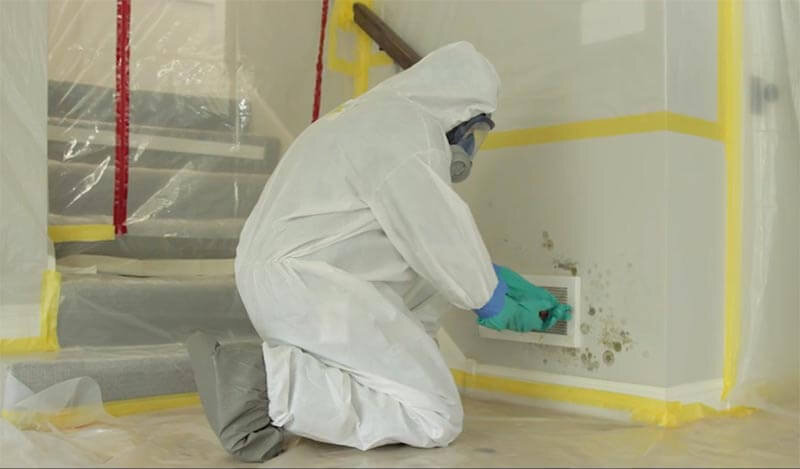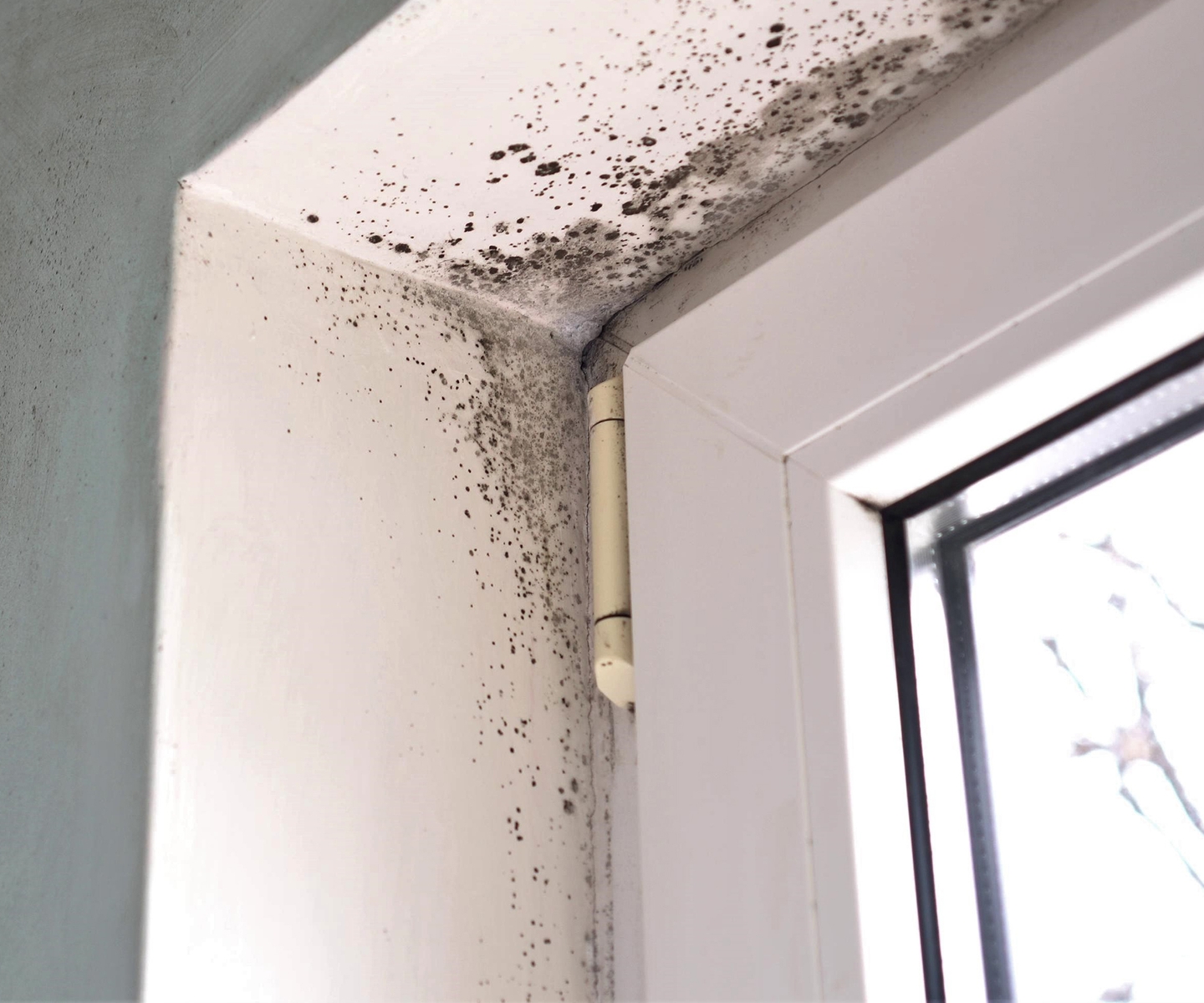Reliable Post Mold Remediation Cleaning Protocols
Reliable Post Mold Remediation Cleaning Protocols
Blog Article
Trick Tips for Successful Article Mold And Mildew Remediation
Successfully completing mold remediation is a diverse procedure that requires focus to detail and adherence to details procedures. These actions not only confirm the success of the remediation initiatives but additionally add to stopping future mold development.
Evaluation of Treated Areas
Upon conclusion of the mold removal procedure, a comprehensive assessment of the dealt with areas is crucial to make certain the effectiveness of the remediation initiatives. This assessment works as a crucial action in the post-remediation stage to verify that the mold removal and clean-up procedures succeeded in getting rid of the mold and mildew problem and restoring a risk-free indoor environment. The assessment ought to be conducted by certified professionals that have the competence to examine the remediated locations diligently.
These include visual analyses to inspect for any type of signs of mold development or water damages, dampness degrees to confirm that the location is cost-free and completely dry of excess moisture that might promote mold re-growth, and air top quality testing to ensure that the interior air is secure to breathe. Furthermore, the examination may entail using specialized tools such as dampness meters and thermal imaging video cameras to detect covert mold or dampness pockets that can lead to future mold troubles if left uncontrolled.

Wetness Control Steps
Reliable moisture control actions are essential for preventing mold and mildew development and maintaining a healthy and balanced indoor setting. To accomplish this, it is vital to resolve resources of moisture within the building. Appropriate air flow is essential to controlling humidity levels. Installing exhaust fans in restrooms and cooking areas can assist get rid of excess wetness. Furthermore, making use of dehumidifiers in wet locations can help in reducing moisture levels, making it harder for mold to grow.
Regularly preserving the structure and examining's exterior can additionally prevent wetness invasion. Post Remediation Inspection near me. Ensuring that gutters are clear, downspouts straight water away from the structure, and the roofing remains in excellent problem can help avoid water from permeating right into the building. Appropriately sealing windows and doors can likewise help keep wetness out
Any spills or leaks must be cleaned up and dried out within 24-48 hours to protect against mold development. By carrying out these dampness control steps, the danger of mold and mildew persisting can be considerably reduced, creating a healthier indoor setting.
Proper Air Flow Analysis
An essential aspect of making sure a healthy interior environment message mold remediation is performing a thorough evaluation of the air flow system. After mold remediation. Correct air flow assessment plays a crucial function in preventing future mold development and preserving air quality within the affected space. Throughout the assessment, specialists review the effectiveness of the ventilation system, looking for any kind of obstructions, leakages, or malfunctions that can hinder appropriate airflow. It is necessary to make sure that the air flow system is appropriately sized for the room it offers which it meets industry criteria for air exchange rates.
Furthermore, assessing the air flow system consists of taking a look at the circulation of air throughout the area to determine any areas of poor circulation where wetness and pollutants might build up. Correct air flow not just helps in controlling humidity levels yet likewise aids in removing airborne mold and mildew spores and other contaminants, consequently boosting general interior air top quality. By dealing with any kind of air flow problems publish mold and mildew removal, homeowner can create a much healthier and more comfortable environment for passengers while lowering the risk of mold and mildew re-infestation.
Cleansing and Sanitation Protocols
To make certain comprehensive mold removal, thorough adherence to certain cleansing and sanitation procedures is important. Cleaning and disinfection methods play a vital role in the post-mold removal stage to avoid the reappearance of mold development and make sure a healthy and balanced and risk-free setting. The very first step in this procedure original site is the elimination of any type of noticeable mold and mildew growth using proper cleaner and strategies. It is crucial to make use of EPA-approved fungicides and disinfectants to successfully remove mold spores and stop their regrowth.
After the initial cleaning, thorough disinfection of the influenced areas is essential to kill any remaining mold and mildew spores and hinder their proliferation. This action is important in protecting against the spread of mold to other parts of the residential property. Furthermore, applying safety nets such as using mold and mildew preventions and keeping appropriate air flow can help reduce the danger of future mold and mildew invasions. By adhering to strict cleansing and sanitation procedures, residential or commercial property proprietors can ensure the effective obliteration of mold and create a healthy indoor setting for residents.
Tracking and Upkeep Strategy
Executing a regular surveillance and upkeep plan is crucial for making certain the long-lasting performance of mold removal efforts. Once mold and mildew remediation is completed, it is essential to develop a monitoring routine to assess the success of the removal procedure.
Additionally, creating an upkeep plan is crucial to stop future mold concerns. This plan might pop over to these guys consist of actions such as taking care of pipes leaks, boosting air flow, and managing indoor humidity levels. Normal maintenance not just assists in avoiding mold yet additionally adds to keeping a healthy and balanced indoor environment. It is advisable to document all monitoring and upkeep activities to track development and ensure consistency in the maintenance of the remediated areas. By implementing a thorough surveillance and maintenance strategy, the danger of mold re-emergence can be considerably lowered, promoting a safe and tidy living or workplace.
Conclusion
To conclude, successful blog post mold removal entails detailed assessment of treated locations, application of wetness control measures, analysis of proper ventilation, adherence to cleansing and sanitation methods, and establishment of a tracking and maintenance plan. These crucial steps are necessary to ensure that mold growth is successfully gotten rid of and avoided from recurring in the future. By following these standards, residential property proprietors can preserve a healthy and balanced and safe setting for owners.
Upon conclusion of the mold and mildew remediation procedure, a thorough examination of the dealt with locations is crucial Extra resources to guarantee the performance of the remediation efforts. These consist of aesthetic assessments to check for any type of indicators of mold development or water damages, dampness levels to validate that the location is complimentary and dry of excess moisture that could promote mold and mildew re-growth, and air top quality screening to make certain that the indoor air is safe to breathe. In addition, the inspection may include making use of specialized tools such as dampness meters and thermal imaging video cameras to identify covert mold or moisture pockets that can lead to future mold troubles if left unattended. By addressing any ventilation concerns publish mold and mildew removal, building owners can produce a healthier and much more comfortable setting for owners while lowering the threat of mold and mildew re-infestation.

Report this page